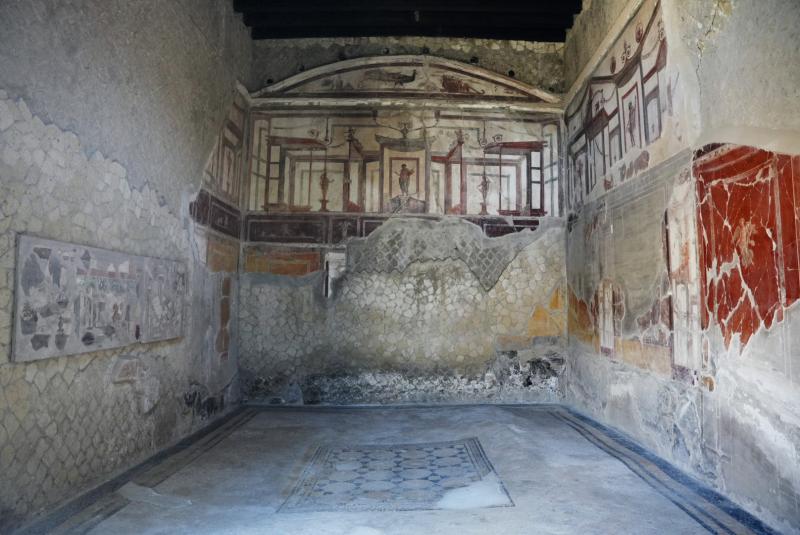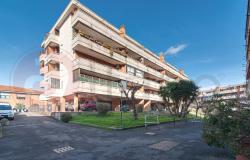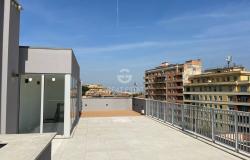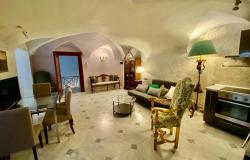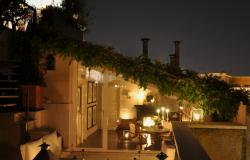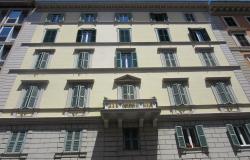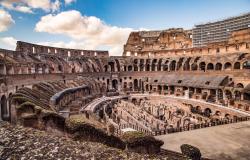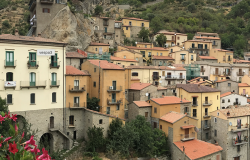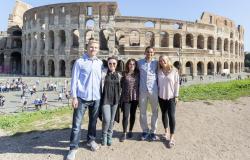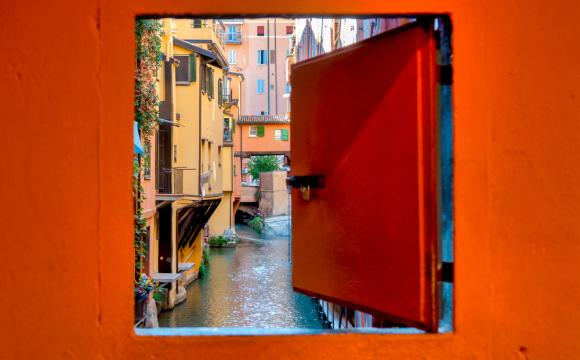Italy is no stranger to scaffolding.
The need for infrastructural and aesthetic upgrades to the country’s cultural attractions is near-constant; necessary maintenance as well as all-out renovations can keep many places off limits to visitors for extended periods of time. When sites of interest reopen, it’s arguably even better news for the host towns than it is for travelers.
These five diverse attractions in or near five major Italian destinations have recently reopened to the public after being primed and polished for peak travel season. Find the best fit(s) for your itinerary below.
What: Garden of Ninfa
Where: Cisterna di Latina, near Rome
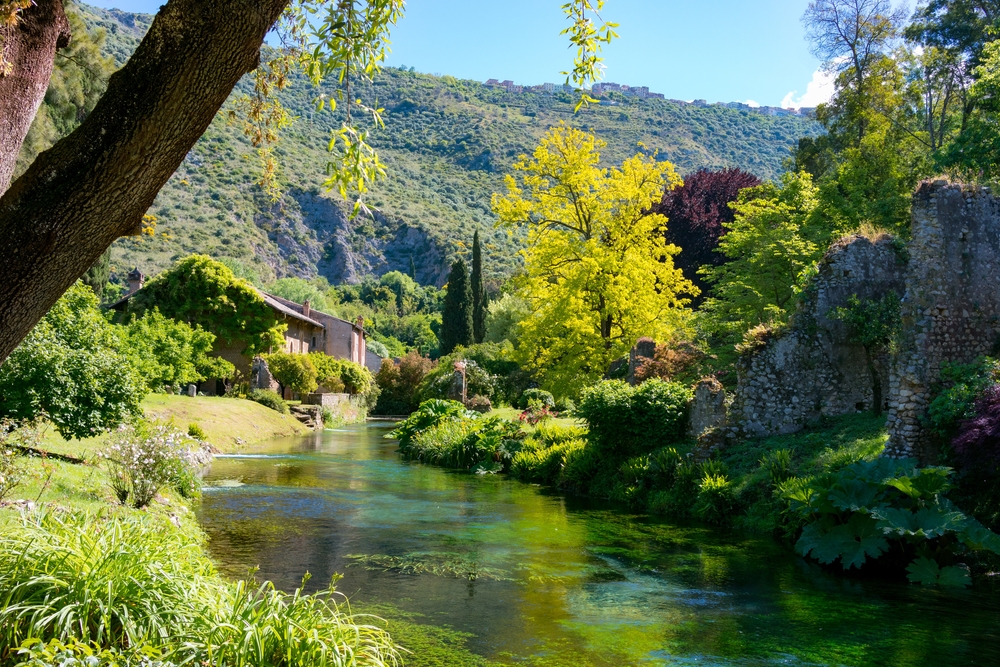
Freshly reopened in late March, the spectacular Garden of Ninfa in Cisterna di Latina near Rome looks straight out of a fairytale. Recognized as much for its botanical beauty as for its environs of ponds, streams, rivers and ruins, the garden takes its name from a temple on site that was dedicated to the naiad nymphs, goddesses of spring water.
The pastoral property stands on the ruins of a medieval city. Over the centuries it was run by a succession of noble families until it was finally acquired in 1298 by Benedetto Caetani (also known as Pope Boniface VIII). Today, Caetani’s descendants continue to cultivate the gorgeous grounds to near perfection — so much so that in 2000, the Lazio region designated the garden a Natural Monument, further guaranteeing the conservation efforts.
Given its special status, the garden can only be accessed as part of a guided visit, and reservations are required. Visits are offered on weekends between March and November, as well as on public holidays including Easter, May 1 (Labor Day), Ferragosto, and June 2 (Festa della Repubblica). At the time of writing, only two daily timeslots are offered in English. For a complete calendar of openings in 2025, see the website.
What: A duo of domūs
Where: Southern outskirts of Naples
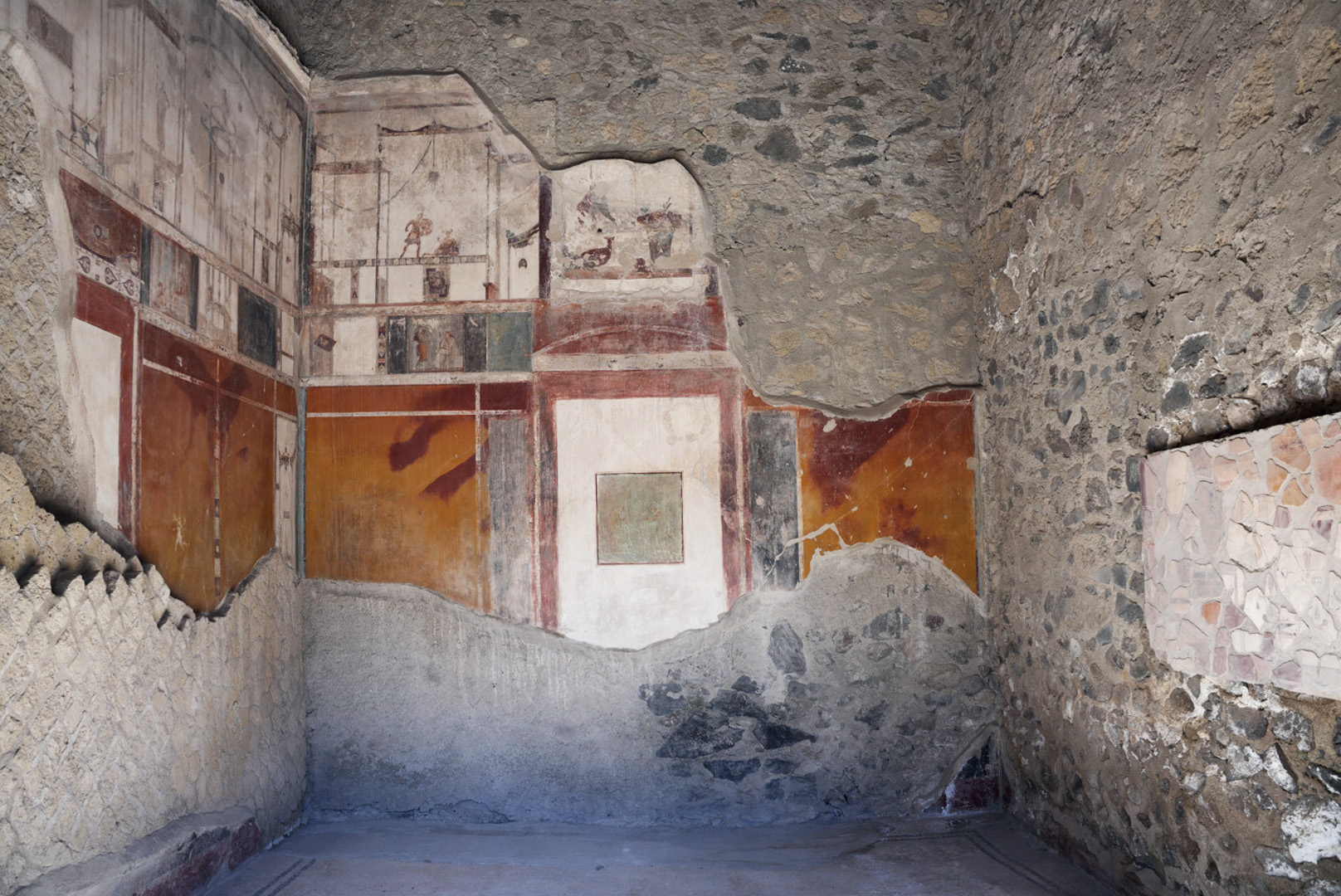
After 25 years of painstaking refurbishment, two of the most remarkable residences (or domūs in Latin) in the ancient enclave of Herculaneum near Naples reopened on March 22. The Roman town, which isn’t far from the equally venerable Pompeii, was also buried beneath lava and ash during the eruption of Mount Vesuvius in 79 CE.
The opening of the fresco-filled Domus del Colonnato Tuscanico (House of the Tuscan Colonnade) and Domus del Sacello di Legno (House of Wooden Sacellum) marks the completion of the first phase of the Parco Archeologico di Ercolano Domus project involving the conservation of a total of six domūs — a joint effort of the Herculaneum Archaeological Park and the Packard Humanities Institute.
To mark the occasion of the reopening, the park has also launched a free app allowing digital access to its treasure trove of archaeological discoveries.
What: Stables-turned-spa park at De Montel Terme
Where: Milan

This one’s an urban renewal (and reimagination) project that was decades in the making. A sprawling set of Art Nouveau stables in Milan reopened earlier this week as the glossy De Montel-Terme Milano — an adults-only, thermal spa park that, upon opening, is now the largest in Italy.
The stables once belonged to Jewish banker, textile merchant and horseracing enthusiast Giuseppe De Montel, until he was forced out of Italy by the 1938 racial laws. Long derelict, in 2007 the complex was discovered to have thermal springs on site and the idea of renovating it began gaining traction, though the project didn’t officially get underway until 2020.
A stone’s throw from Milan’s football stadium in the San Siro district, the whopping 16,000 square-meters (172,000 square feet) of health and vitality consists of 10 pools, 4 saunas, a steam bath, a hammam, and a lengthy list of bespoke spa and beauty treatments. Heal thyself at this mecca of mindfulness where there’s not a drop of chlorine in sight.
What: St. Mark’s Bell Tower
Where: Venice
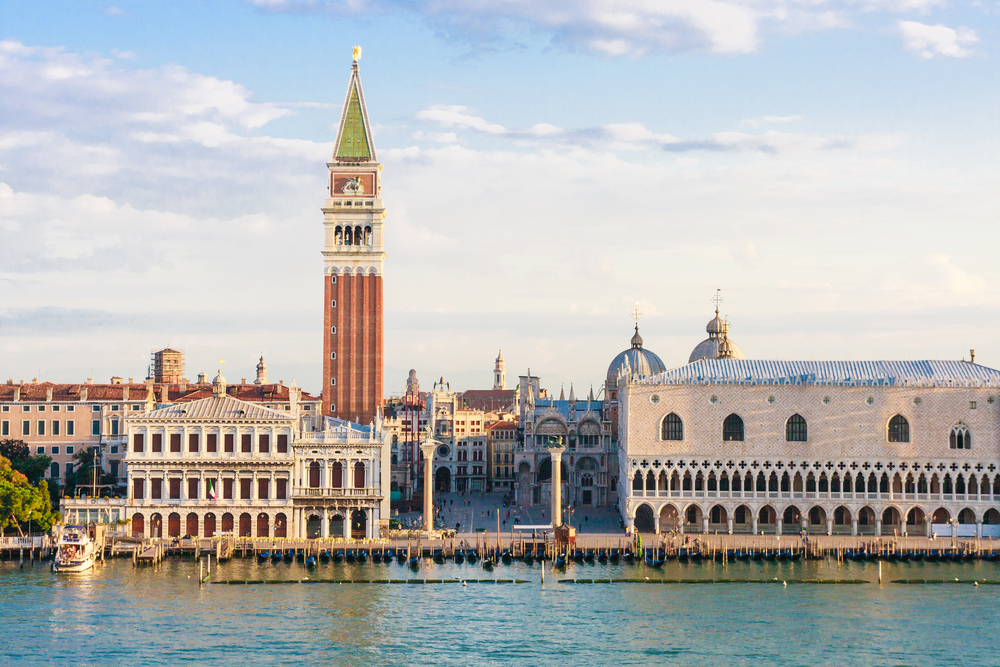
It’s difficult to imagine a more recognizable symbol for the city of Venice than the Basilica of San Marco and its imposing campanile (belltower), which soars 99 meters (325 feet) in the air and offers a bird’s-eye view of the Venetian lagoon.
In early March (just in time for Fat Tuesday, the peak of Carnival season), the tower reopened after an intensive two-month renovation. The work was primarily focused on upgrading the aging elevator system, restoring the bronze sculptures on the outside of the loggia and cleaning years of grime off windows and internal rooms, as well as buffing up brass fitting and the big bell.
Formerly a lighthouse for sailors and a favorite lookout of astronomer Galileo Galilei, St. Mark’s Campanile is now open daily from 9:30am to 9:15pm at a price of €10 per person (children ages 5 and under can enter at no cost).
What: Vasari Corridor
Where: Florence
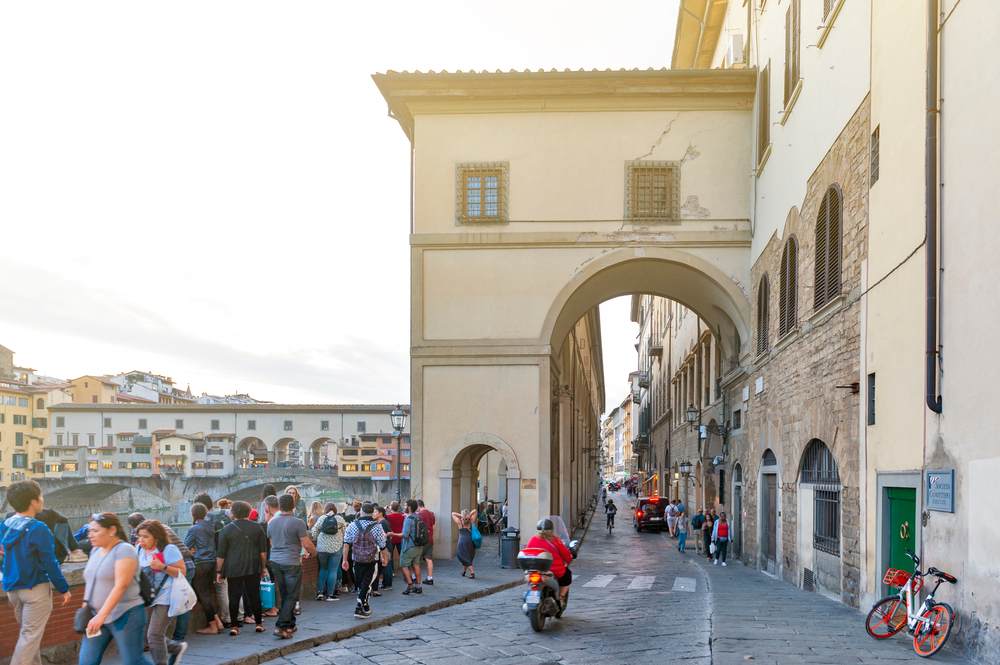
Technically reopened to the public at the tail-end of 2024, the Vasari Corridor — an elevated arcade bridging Florence’s Palazzo Vecchio and Palazzo Pitti — welcomed visitors again after nearly a decade under extensive reconstruction.
The spruced-up pedestrian passageway spans 750 meters (2460 feet) and slices right through the heart of the city, crossing the famed Ponte Vecchio, the city of Florence’s oldest bridge. To walk in the footsteps of the famed Medici, a special reserved ticket to the Uffizi Galleries is required at the cost of €43 per adult (not including the €4 booking fee). It’s best to enter the gallery two hours before heading to Room D19 meeting point on the first floor, where Vasari Corridor’s one-way route begins.
